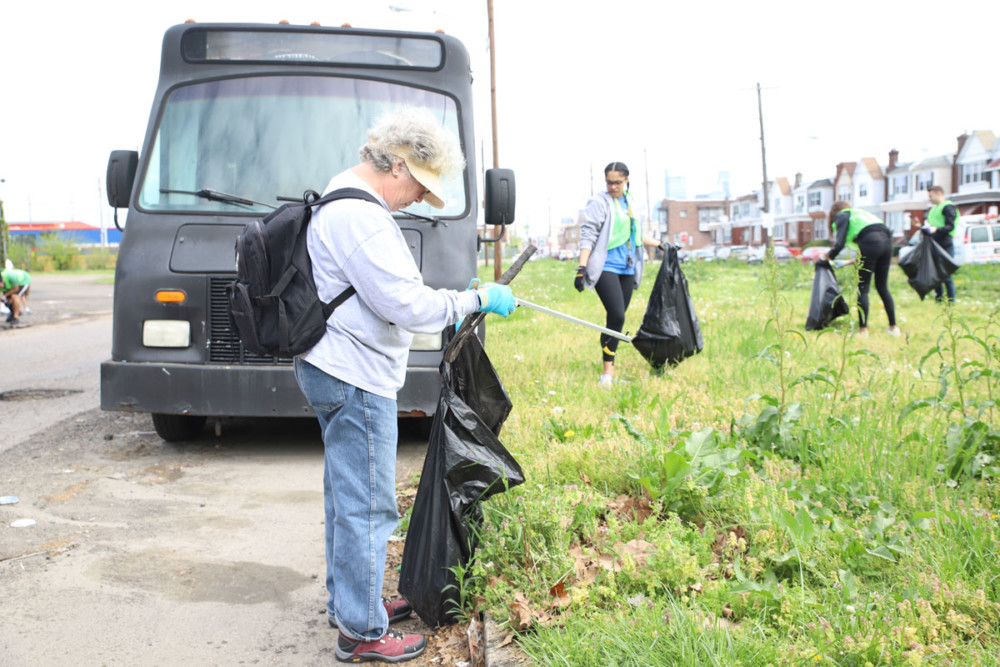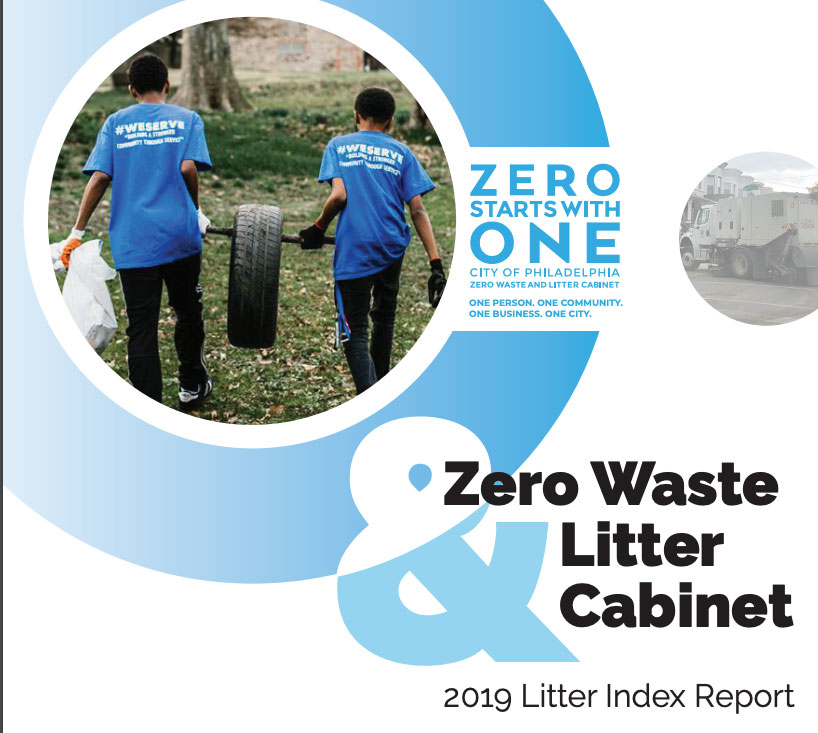
5 Things to Know about the 2019 Litter Index Report
Before “Filthadelphia” can shed its trashy reputation, city government needs to know what it’s dealing with. Comparing data from 2017 and 2018 can shed light on the issue.
This past Wednesday, Philadelphia city officials released their findings on a 2018 city-wide survey of litter conditions as a 42-page report, along with an update of their litter index map.
The index surveys the litter conditions of streets, parks, vacant lots, and other public spaces by grading each site on a cleanliness scale from 1 to 4, 1 being the least littered and 4 the most. The project is part of the Zero Waste and Litter Cabinet, an interdepartmental effort in Philly’s government to reduce the amount of waste residents throw away, properly dispose of the trash that is created, and clean up a city long infamous for its littering problem.

Green Philly took a look at the report, which compares surveys taken in 2017 and 2018, to extract what you need to know about the littering trends:
5 Takeaways from the Litter Index Report 2019
- Overall, The average litter index worsened slightly from 2017 to 2018 by 0.06 on the 1 to 4 point scale. Philadelphia averaged a 1.86-point score in 2017, while in 2018 that number rose to 1.92. The report attributes this difference to daily variations in litter levels and the fact that…
- More blocks and parks were covered by the 2018 survey, and improved training was given to survey-takers. 2018 saw an additional 1,497 blocks and 355 parks and watershed areas surveyed, compared to 2017’s 22,029 blocks and 293 parks surveyed. Larger parks were divided into smaller survey sections and watershed areas were included for the first time last year. Additionally, 2018 Litter Index surveyors were given more in-depth training, including a manual and instructional film.
- The most heavily to moderately littered blocks in 2017 scored better on average in 2018, and those blocks with the least amount of litter remained at around the same level. More than half the blocks surveyed saw no difference between the two years.
- The most commonly littered items were overwhelmingly single-use items like paper/cardboard, bottles and cans, takeout packaging, snack bags and wrappers, and plastic bags. It’s important to note that on the most heavily littered blocks, those scoring a 3 or 4, illegal dumping was a significant contributor to litter. Construction debris was recorded on almost 60% of blocks that were rated a 4.
- Keep in mind that Philadelphia’s Litter Index was completed before the launch of the street sweeping pilot program in 2018. It remains to be seen what the program’s effects will be on the litter levels in the six neighborhoods were the sweeping is being tested.
Want to explore the data for yourself?
Get the TL:DR version here:
Explore the 42-page report and look up the ways Philadelphia is using the Litter index here:
Check out your neighborhood’s litter score here:









